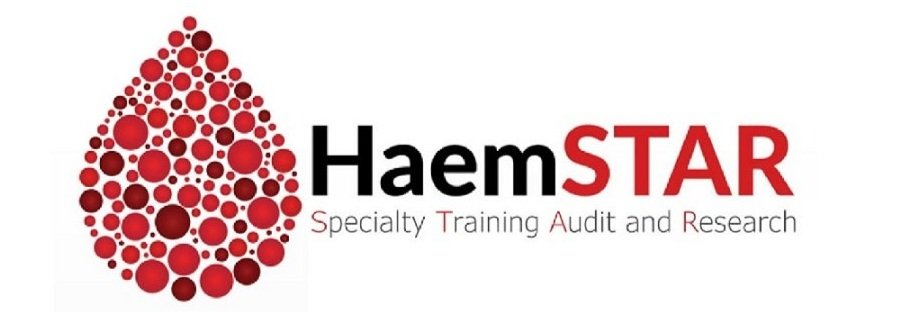Health inequalities: a call to action
The prompt for this blog was a couple of recent discussions I have been part of relating to upcoming red cell projects in the HaemSTAR project pipeline. They made me think about the NHSBT Blood and Transplant (NHSBT) Research and Development conference I attended in Birmingham last year, where health inequalities was high on the agenda; in fact, the overarching conference theme was ‘through the lens of health inequalities’.
As I found out from the conference sessions, and from The King’s Fund webpages we were directed to, health inequalities can be defined as avoidable, unfair and systematic differences in health between different groups of people. We can think about inequalities in terms of differences in people’s health status like life expectancy, access to healthcare, quality and experience of care, behavioural risks to health (eg. smoking, alcohol) and wider determinants of health such as housing. Differences are often considered by grouping people in terms of socio-economic factors, geographical factors, specific characteristics including protected characteristics, and socially excluded groups. A striking and often quoted example is, of people living in England, those in the most deprived areas have a life expectancy of 10 years shorter than those in the least deprived areas. This extends to an 18 year gap when considering healthy life expectancy.
A particular highlight of the NHSBT conference for me, was the plenary talk by Professor Bola Owolabi, Director of the National Healthcare Inequalities Improvement Programme at NHS England. She called for the need to move from simply describing the problem of health inequalities, to enacting change - a call to action. She explained how things need to be done at a national level and outlined NHS England’s frameworks for tackling health inequalities (the Core20PLUS5 for adults and Core20PLUS5 for children and young people), but also that change can be driven by individuals or groups at a local level. Examples would be setting up a warm space or a peer-support network, and I have subsequently found a useful toolkit for individuals on the British Medical Association website.
Professor Owolabi went on to emphasise the need for an equity drive in research. Without the right questions and patient representation we are limiting the generalisablity of our findings and ability to target interventions for improved future health equity. Things that can be done, she suggested, include having a wider geographical spread of research and development activity, thinking carefully about study exclusion criteria, and making research more accessible and inclusive for all in terms of clinical trial participation. As a start we can think about costs involved in participation, language and cultural barriers.
We have been thinking about how we incorporate this into our red cell projects and we have decided seeking some early patient involvement will help us to improve our plans. Watch this space for more information on getting involved with these projects later in the year and check out the links above for more information on health inequalities.

